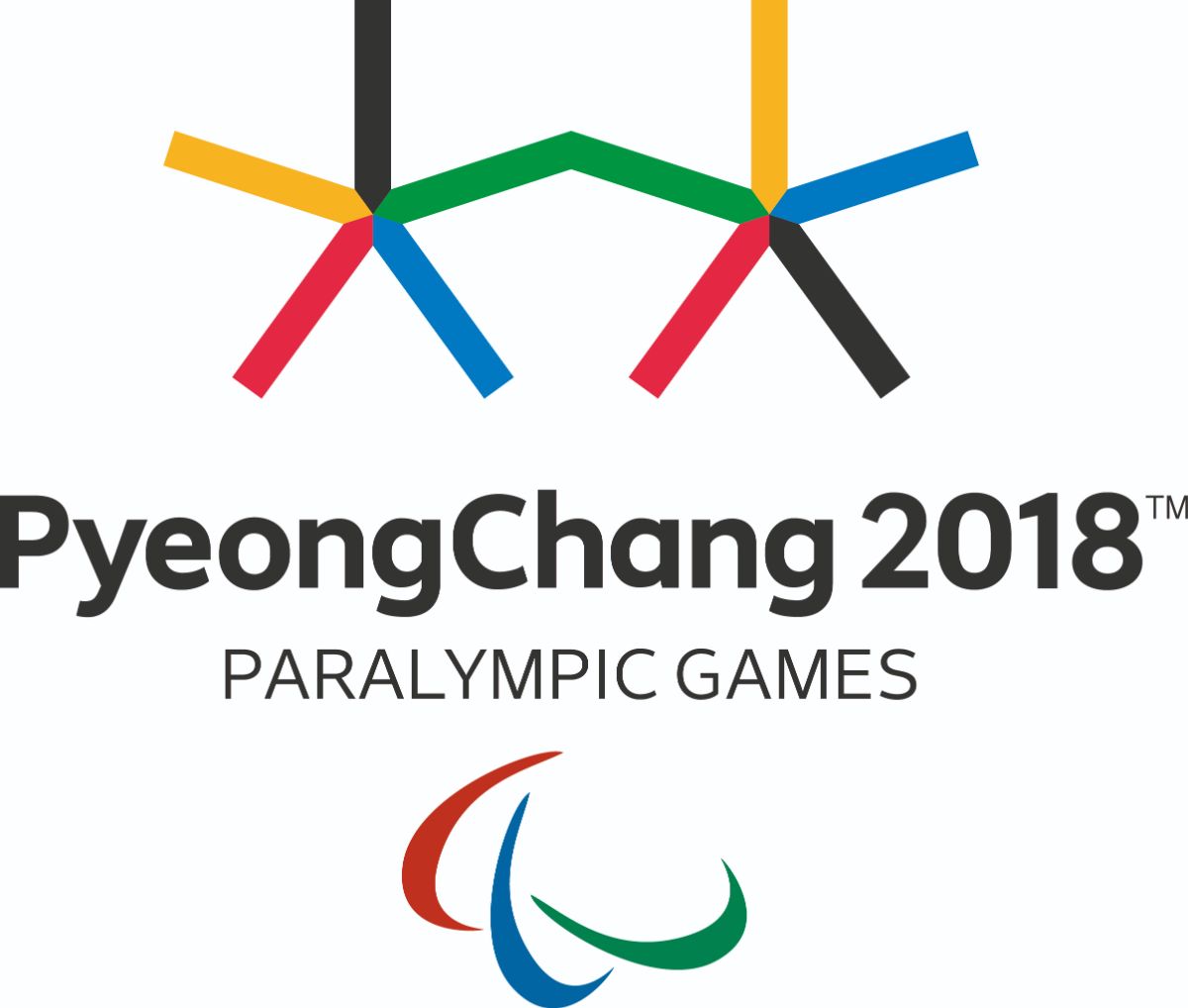Find out about the PyeongChang 2018 Paralympic medals
The PyeongChang 2018 medals showcase the history and culture of the host country through their unique engravings. The Korean writing system, Hangeul, was used to etch the words “PyeongChang 2018 Paralympic Winter Games” around the edge of the medals.
Design Elements of the Medals
Both the Olympic and Paralympic medals were designed by Korean industrial designer Lee Suk-woo. The front side of the Paralympic medal features the Agitos, the symbol of the Paralympic Movement. The PyeongChang 2018 Paralympic Winter Games logo is used on the other side instead of the Agitos. Both sides of the medal feature horizontal lines, which symbolise equality. Traditional patterns of clouds, mountains, wind and wood highlight the beautiful nature of PyeongChang and the Gangwon Province on the back side of the medal. The braille engravings on the medal read “PyeongChang 2018”, making the medals more accessible for people with vision impairments.
PyeongChang 2018 medals came with a ribbon that was made from the traditional Gapsa textile of Korea, which is a lightweight and translucent material used to make traditional Korean dresses called “hanbok”. The colours used in the design of the ribbon, light teal and light red, are often used in hanboks, showcasing the rich cultural heritage of Korea. The ribbons are embroidered with a delicate snowflake pattern.
The medal cases also made use of the traditional imagery. With its curved lines and shapes, it was a homage to the elegant lines seen in the eaves of “hanok”, the traditional Korean housing style.
Physical Attributes of the PyeongChang 2018 Medals
The medals have a diameter of 9.3 centimetres and a thickness of 0.9 cm, with the gold medal weighing 594 grams.






